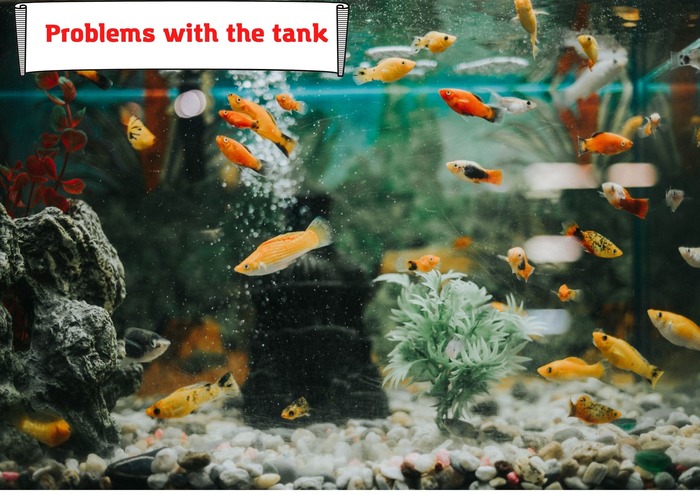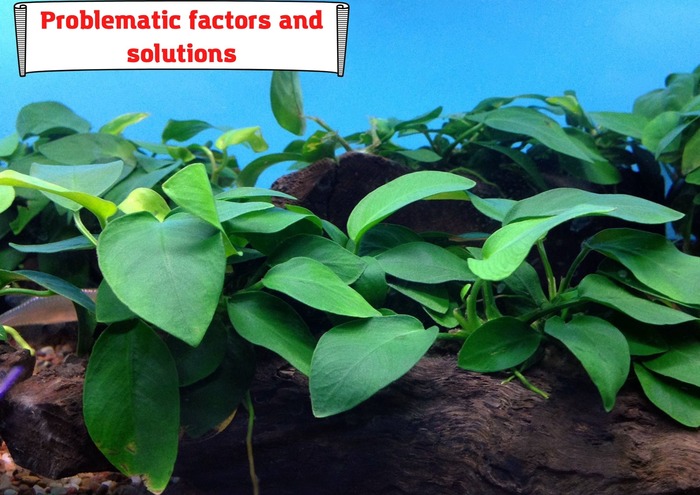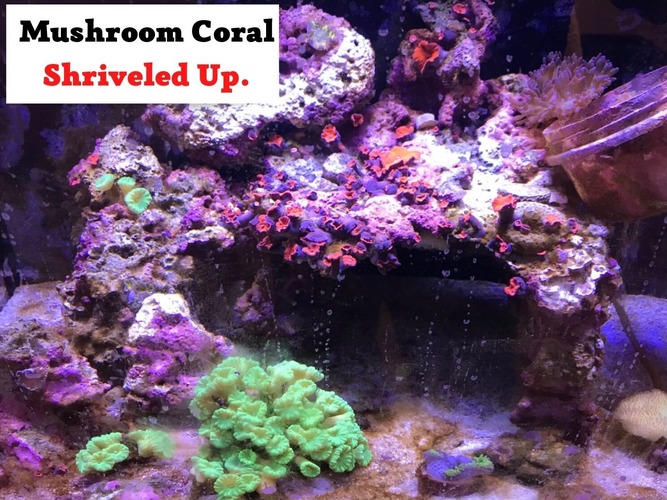
Do you have Anubias in your aquarium? Wow! It is one of the most beautiful-looking aquarium plants with thick and dark leaves. Mostly the aquarium owners keep these plants for the beautiful aura they create in the tank. Are you amongst such owners? Then you should be happy with your tank.
But have your beautiful dark-looking Anubias leaves started curling? This must be daunting because you might have heard that the leaves of the plants are the indicators of the plants’ health. So, does the curling of leaves means your plants are in danger? Will they all melt? Or will it create problems for your entire ecosystem?
We’ll help you pinpoint the real issue making your Anubias curl and discuss when it is really the need to worry about the health of your plants. Below are the main topics that you can learn about in this article:
- Scenarios of Anubias leaves curling
- Optimal Nutrients for proper growth
- Is the curling dangerous?
Possible Scenarios
Anubias are tough, so you don’t have to worry about losing them if your aquarium has no significant changes. But if you have changed some things recently, your Anubias could be in trouble.
Let’s discuss a few scenarios where your Anubias might be stressed and thus reflect it in the form of curling.
Change of Place
If you have recently relocated your aquarium for one reason or another, your Anubias are likely taking time to adjust to that environment. There can be changes in their light exposure at the new place, which might not be letting your Anubias exhibit the positive growth trends.
Exposure with air
The exposure of your Anubias to air can also be a good cause of leaves curling. Usually, the Anubias can remain out of the water for some time, but the outer environment must be hot and moist. If you have exposed your plant to arid surroundings during the water change or other activities and now noticing changes in its leaves color, it is pretty normal.
You might lose the leaves exhibiting this behavior, but you don’t have to worry about losing your plant entirely. One of the best hints you can get is to keep the time required for the water changing cycles to low, so the exposure of your Anubias to the outer environment can stay limited.
Problems with the tank

One of the other problematic signs you can observe in your Anubias is the light leaves color. As they are dark green, anything lower than the entire bright leaves shows the deficiency of nutrients in your plants.
Anubias are tough
To be honest, Anubias needs no introduction. They are relatively tough plants, and you don’t have to see them now and then to ensure their safety, growth, and nourishment. They can process their food and ensure a good living.
But there are a few times when the plant’s behavior and outlook changes should raise concerns. This is the time when you have to look for the plants actively. Curling leaves of Anubias is one possible situation. Usually, they do not curl and provide you with the same fantastic outlook for which you have placed them in your tank. But if your plants fall into one of the scenarios mentioned above, then curling is what you should expect.
Your plants need several different nutrients to grow properly. Even if one of the nutrients is not in the right quantity, the presence of other nutrients, the plant’s growth will stay inhibited. This is Liebig’s Law of the minimum, and it applies to the plants in the aquarium setting.
It is not limited to nutrients only. Instead, it applies to other elements like light and carbon dioxide too.
Optimal aquarium requirement for Anubias (Problematic factors and solutions)

This section discusses the problems in different variables like carbon dioxide, light, etc., that can influence the curling of leaves, along with the solutions.
CO2
Anubias are like all the other plants that need carbon dioxide to photosynthesize. If the level of carbon dioxide in the aquarium will lower to a certain degree, your Anubias will not produce the food it needs for survival. So, the signs of lack of CO2 will reflect in the form of curled leaves.
This isn’t a problem. You can increase the carbon dioxide dosage in the tank, and your Anubias will get back to the same upright position. If you have no fish in the tank, you can simply inject CO2 inside to see the results. But if there are fish already or you wish to add fish to the tank later, it will be challenging. You’ll have to strike a balance, especially when your Anubias will be more used to injections and increased CO2 levels.
Light
Although we have discussed that your aquatic plants need light, Anubias is not the one that requires a lot of it. They are a low-light plant. You have to offer them light but in the right proportions. You provide them with any more light than required, which will melt the plant.
Prolonging the light intensity for a longer period can create many problems, including the melting of plants; curling up can be the initial sign of the initiation of this problem. So, be vigilant when you are managing the light intensity.
Water Quality
Well, if you have fish in your tank, you could be highly worried about the water quality. But if it is the aquatic plants like Anubias residing in your tank, you don’t have to check the water quality of the plants often.
But you have to ensure that the necessary ingredients for plant growth must be present in your aquarium. Some of the prominent ingredients for plant growth include iron, potassium, manganese, and magnesium. The plant’s deficit in iron and magnesium will be starving. So to save your plants from starving, you can include these minerals in your water tank.
Fertilizers
By water quality, most of the new aquarium might consider it similar to providing all the necessary minerals for growth. But this is not the case. Unless your Anubias tank doesn’t have fish in it, you don’t have to check the water quality regularly. Still, you have to provide your plants with the necessary minerals in fertilizer form to ensure proper growth and thus avoid curling tips.
One of the other things you have to take care of – while using the fertilizers in a fish tank – is that your aquarium will already have biomass due to fish waste. So, if you’ll add fertilizers, considering the non-fish aquarium, it will be a lot of it for your tank. Besides, once you start adding fertilizers with fish in the tank, too, you’ll have to keep an eye on the water quality as well.
Changes in water conditioners
Even if the provision of nutrients has not helped make your Anubias feel better, then shifting the minor things like the water conditioner can also do wonders.
According to aquarium experts, shifting the water conditioner from Prime to Amquel can solve the problem. Through Prime, your aquarium might not be getting all the ingredients essential for growth. So, changing the water conditioner is a solution that has helped many aquarium owners.
Summing up
Anubias are tough plants, showing a bit of curling as normal behavior. However, you can always look out for anything extraordinary that brings in change. The article covers all such factors along with the discussion of the optimal range of variables that you can manage for the health of your Anubias. So, follow it closely, and you will not have to worry about the curling leaves.
- Pleco Not Eating. Main Reasons Your Pleco Is Starving - February 21, 2022
- Foxface Fish Sting: Any Danger? And What To Do To Relieve Pain? - February 20, 2022
- White Stuff Coming Out Of Snail – Dangerous? Should You Worry About It? - February 19, 2022




